PUBLISHER: The Mershon Company, Rahway, NJ, and New York, NY, 1893?-circa 1904
ABOUT: [This] bindery firm opened a New York office at 156 Fifth Avenue in March 1897... by 1905 stock sold to Stitt Publishing Company. (DLB 49). Oscar M. Dunham... [hired 1876 to manage the American branch of the English firm of Cassell] served it well until January 1890, when he organized a stock company and bought the branch, calling it the Cassell Publishing Company ... with headquarters as 104-106 Fourth Avenue.... It was hard to understand, except in light of the hard times of the nineties, why Dunham failed in June 1893, with liabilities of $400,000. But then it turned out that Dunham had converted $180,000 of the company's funds to his own use, and disappeared after leaving his office on June 15.... creditors filed articles of incorporation.... announced that a New Jersey branch of the firm would be established at Rahway, where the Mershon Printing and Bookbinding Company would do most of the company's work. In December, however, the company was sold at auction to Mershon. (Tebbel). ... The imprint of this firm is to be found on many "cheap and nasty" volumes of fiction issued during the latter 1880s and in the 1890s. A considerable percentage of the Meshon output was of the kind called "railroad fiction." (Shove).
The trouble at the Mershon Works, Rahway, N. J., caused by the failure of the Cassell Publishing Company, has been partially remedied, so that the firm was allowed to open its factory and resume work. The Mershon Company owed William Mershon $100,000, and as he was the principal creditor he took out an extra attachment, after Receiver Baker had made the attachment for Cassell, on finished work at the works. Mr. Mershon then attached Cassell's goods, claiming them as belonging to the Mershon Company, as the company is under contract for the work. Mr. Mershon allowed his sons, who form the company, to put enough men at work to complete the contract work, as every day they shut down the firm lost several thousand dollars, and had this continued it would have caused them to assign [declare insolvency]. Many of the employees are under contract, so that they must be paid whether they work or not, and this made an additional loss. --(The American Bookmaker XVII 2 (August 1893) p64).
THE MERSHON PLANT AT RAHWAY, N. J. --The Mershon Printing and Bookbinding Works is about to put in two more type-setting machines and a new web press that will print and fold eight pages and run off 100,000 per day, said the Newark Call recently. This splendid plant, that now employs three hundred men, and is busy day and night, is a home industry that began on a very small scale in 1872, when the Messrs. Mershon, then boys, ran their first press, that stood in a small building on Clinton street, in the rear of their home on West Milton avenue, and published a small society paper, the Weekly Star, and also did card printing for pastime after school hours. Verily, "Great oaks from little acorns grow," for from the Weekly Star, the acorn in this instance, originated the largest printing establishment in the United States, excepting the Government printing works at Washington, D. C.--(The Printer & Bookmaker XXVIII 4 (June 1899) p184).
William Livingstone Mershon (1826-1907) was the first child of Samuel Davies Mershon (1804-1888) and Mary Stockton Shreve Mershon (1809-1852). With his first wife, Mary Harris Brooks (1828-1862), he had four children, three sons: Willaim Livingston Mershon Jr. (1856-1943); Samuel Davies Mershon (1860-1949); James Brooks Mershon (1862-1954); and a daughter: Mary Brooks Mershon (1858-1859). He remarried twice, producing two children (F) with his second wife and five (3F 2M) with his third. He became a prosperous coal merchant in Rahway, New Jersey.
As children the oldest three sons developed an interest in printing, serous enough that their father in 1874 gave them -- now 18, 14, and 12 -- the use of a room in a building he owned and equipped it as an amateur printing shop. When the boys quickly grew it into an income producing business, their father purchased a three-story building and rehoused them, with expanded equipment, in it. In 1882 (ages 26, 22, and 20), the brothers sold that building and built a new three-story brick plant near railroad tracks with complete departments for printing, electrotyping, and binding, briefly the largest printing plant in the United States. They now were able to turn out 4000 cloth bound books and 10,000 wrappered books a day as well as publish their city’s semi-weekly newspaper.
In 1890 the company incorporated. By that time it had become the printer for Cassell & Company, an English publishing firm founded in 1848 that had expanded internationally in the 1880s. In June 1893 Cassell discovered that its New York City manager had diverted $180,000 of company funds to personal use, and Mershon, as its largest creditor (some $80,000 dollars) was forced into receivership. By September Cassell had been reorganized with William L. Mershon [Jr.] emerging as president, and the Mershon Company taking over a large number of plate sets as part of the debt settlement. Thus forced into publishing, by the late 1890s the Mershon Company had taken over the stock and plates of still other bankrupt reprint companies and used those plates to publish an extensive list of editions of classics and juveniles under its own imprint. It also published Edward Stratemeyer's first titles and secured rights to several lines from his Stratemeyer Literary Syndicate.
Before 1904, however, WLM had left Cassell and tired of publishing (as presumably had his brothers), that division of the company was split off in January 1905, rechristened the Stitt Company, and put under the command of William M. Stitt, Jr. (1869 - ), who had joined the Merson Company as few years earlier as a talented “commercial traveler,” who became President and General Manager. For whatever reasons, this arrangement was dissolved by February 1906. By October of that year the Mershon Company had sold all its publishing interests to a new company, Chatterton-Peck.
Meantime, the Mershons had also been approached by Michael F. Quinn of New York [more research needed], who intended to establish a printing plant. Quinn brought in a partner, Benjamin Boden [more research needed] and by October 1906 the Mershon brothers had sold their entire business (printing, electroplating, and binding), quickly re-incorporated as Quinn & Boden Company by Quinn, Boden, and Eugene J. Shaughnessy of Jersey City.
[This account draws on several sources: genealogical; mentions in publications; and, most notably, Peter C. Walther, “Mershoniana: William L. Mershon and The Mershon Company,” Newsboy (Horatio Alger Society) XL:1 (January-February 2002), p11-15; and James D. Feeline, “The Stratemeyer Syndicate and Its First Major Challenge: Chatterton-Peck and Quinn & Boden,” a presentation to 2011 Popular Culture Association national conference, kindly shared with the Project in mss. Both Walther and Feeline in turn draw on footnoted sources, many from the vast literature on Edward L. Stratemeyer and his Stratemeyer Literary Syndicate. Feeline, in particular, has made effective use of the Stratemeyer archive held by the New York Public Library, as is reflected in his extensive foot notes.]
LUCILE’s ISSUED BY The Mershon Company: 1902 United States Catalog. Lucile. 50c, 75c
1899 PTLA: Catalog of Standard Books
. 156 Fifth Ave., New York; Printing House, Rahway, N.J. Lucile is offered in the:Standard Series. 16mos. Cloth. These well made books are a marvel of cheapness at the price we are selling them. Handsomely bound in cloth, assorted colors, with a new artistic design. Price 50 cents. [cut]
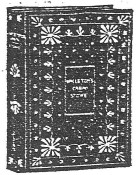
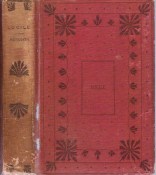
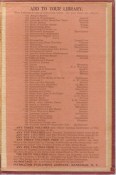
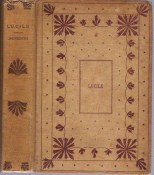
1899 PTLA Sterling Series. 16mo. Cloth. This most complete series of little classics appears in an entirely new dress and far exceeds any other line made. There are 150 titles bound in various colored cloth, beautifully stamped in ink and gold. Price 75 cents. [Cut].
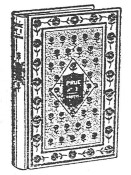
1899 PTLA Golden Gem. 16mo. Cloth. A marvel of excellence in paper, printing, and artistic binding. Colored title page; frontispiece; elaborate embossing in gold and ink on cover. [Cut].
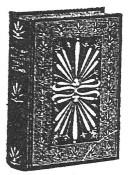
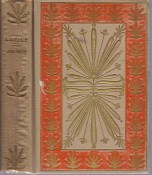
1902 Imperial Series of Standard Classics. Price, per volume, 50 cents. If not obtainable from your dealer, we will mail any volume, postpaid, upon the receipt of the money. [Lucile is one of about 75 titles listed on the rear panel of the dust jacket on a copy of another title named in the series list. Image of the list kindly supplied by Cary Sternick.]
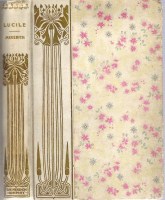
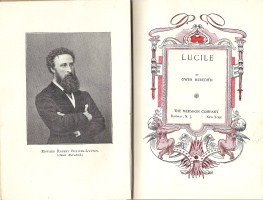
1902 Standard Series.. [Information supplied by Cary Sternick based on a copy of Jacob Abbott's Rollo in Naples in this series].
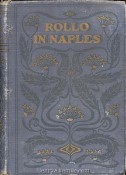
1902 Standard Sixteen Mos.. [Information supplied by Cary Sternick based on a copy of Jacob Abbott's Rollo in Switzerland in this series and this binding.
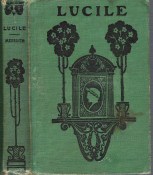
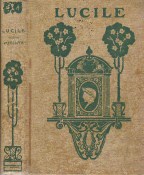
1902 A. C. McClurg & Co. (Chicago) Catalog offers copies of some Mershon 16mo series titles, including Lucile, in this binding, which is identified as used for the "1897 Standard Editon" series. Information from Cary Sternick.
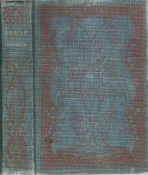
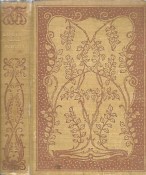
1902 A. C. McClurg & Co. (Chicago) Catalog offers copies of some Mershon 16mo series titles, including Lucile, in this binding which is identified as from the Garland Series. Information from Cary Sternick.
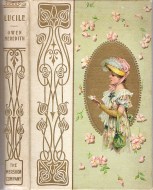
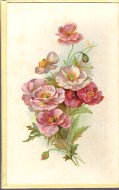
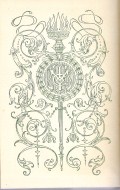
1902 A. C. McClurg & Co. (Chicago) Catalog offers copies of some Mershon series titles, including Lucile, which is identified as from the Floral Series. This 16mo series was offered in two bindings as shown in this cut, each copy at $.25. Information from Cary Sternick.
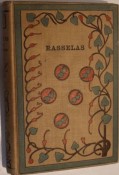
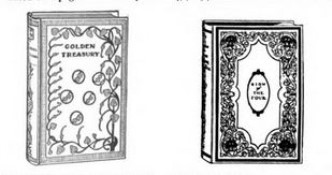
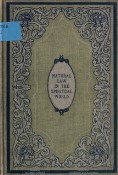
Premium Library. The Edward T. LeBlanc Memorial Dime Novel Bibliography (https://dimenovels.org) includes a record for Lucile listed #87 in an advertisement in a copy of the Holly Library No. 50 which read: "Special Circular to Educatiors: Masterpieces of the World/s Literature, THE PREMIUM LIBRARY is extensively used by schools and colleges for supplementary reading. It is issued in attractive 16mo shape, paper covers, printed from clear, readable type on good paper. Many of the volumes are illustrated. They are published at the low price of TEN CENTS each of 12 of [sic] 12 books for one dollar. Postage paid. Special prices quoted to schools for larger quantities." LeBlanc suggested a publication date of 1899?.
Other Reported copies:
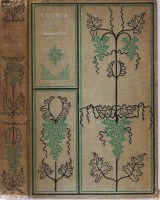
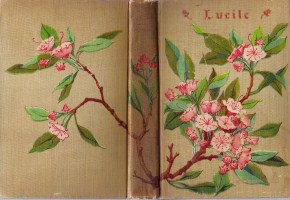
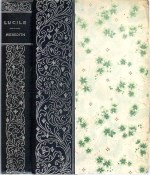
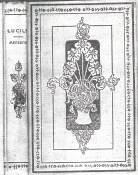
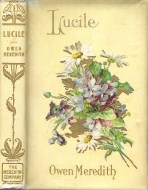
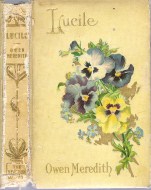
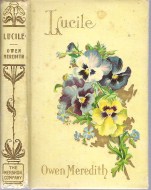
For binding above, and related bindings, see Trade Publishing Co.
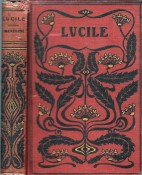
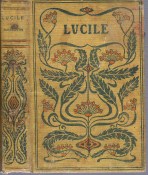
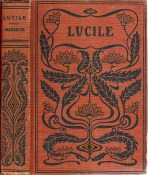
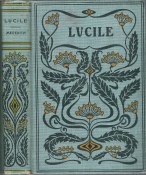
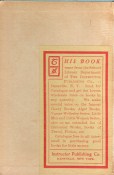
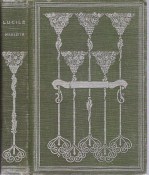
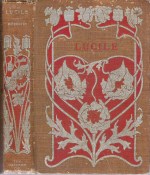
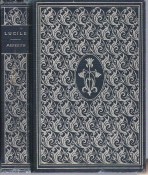
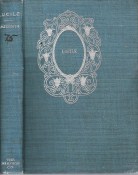
Details not known: NL 0594574 Harvard, nd; NL 0594633 Harvard, 189-
Last revised: 23 September 2023